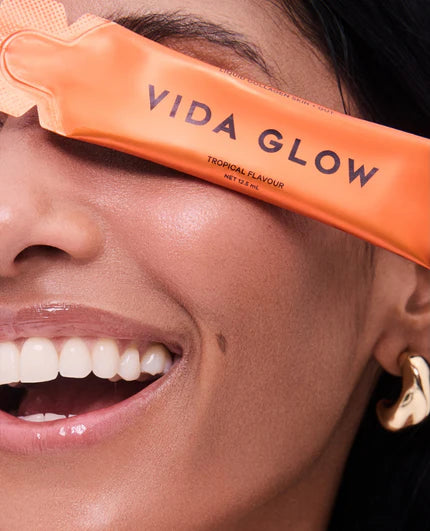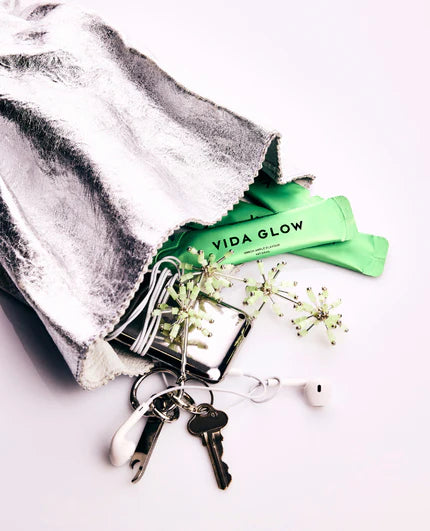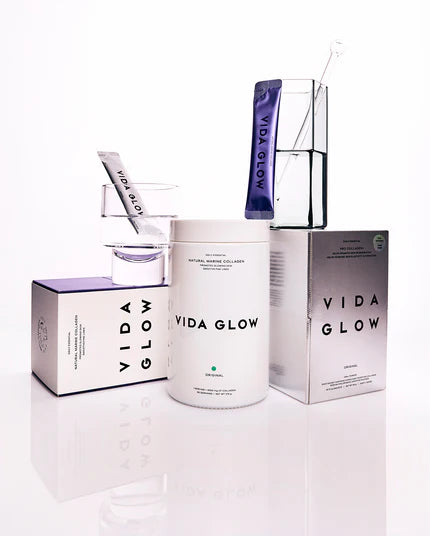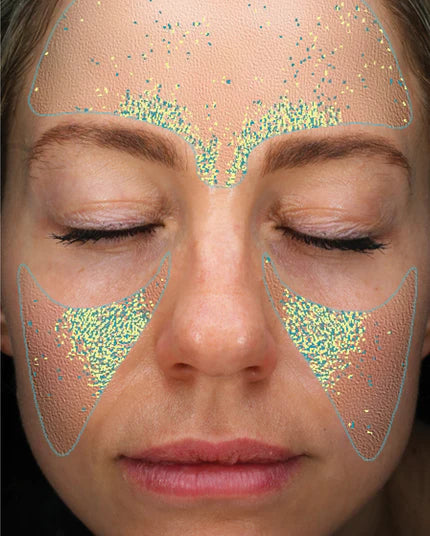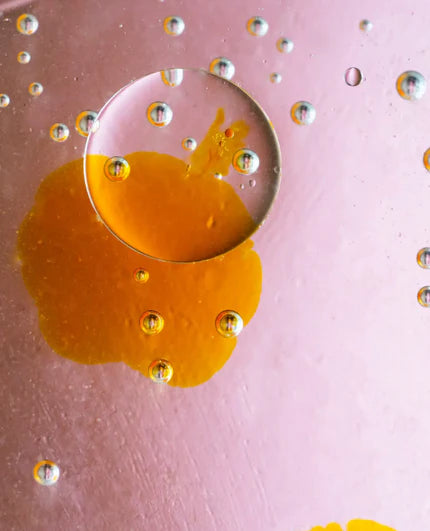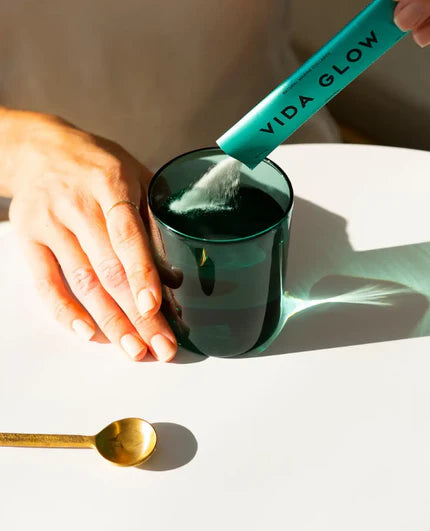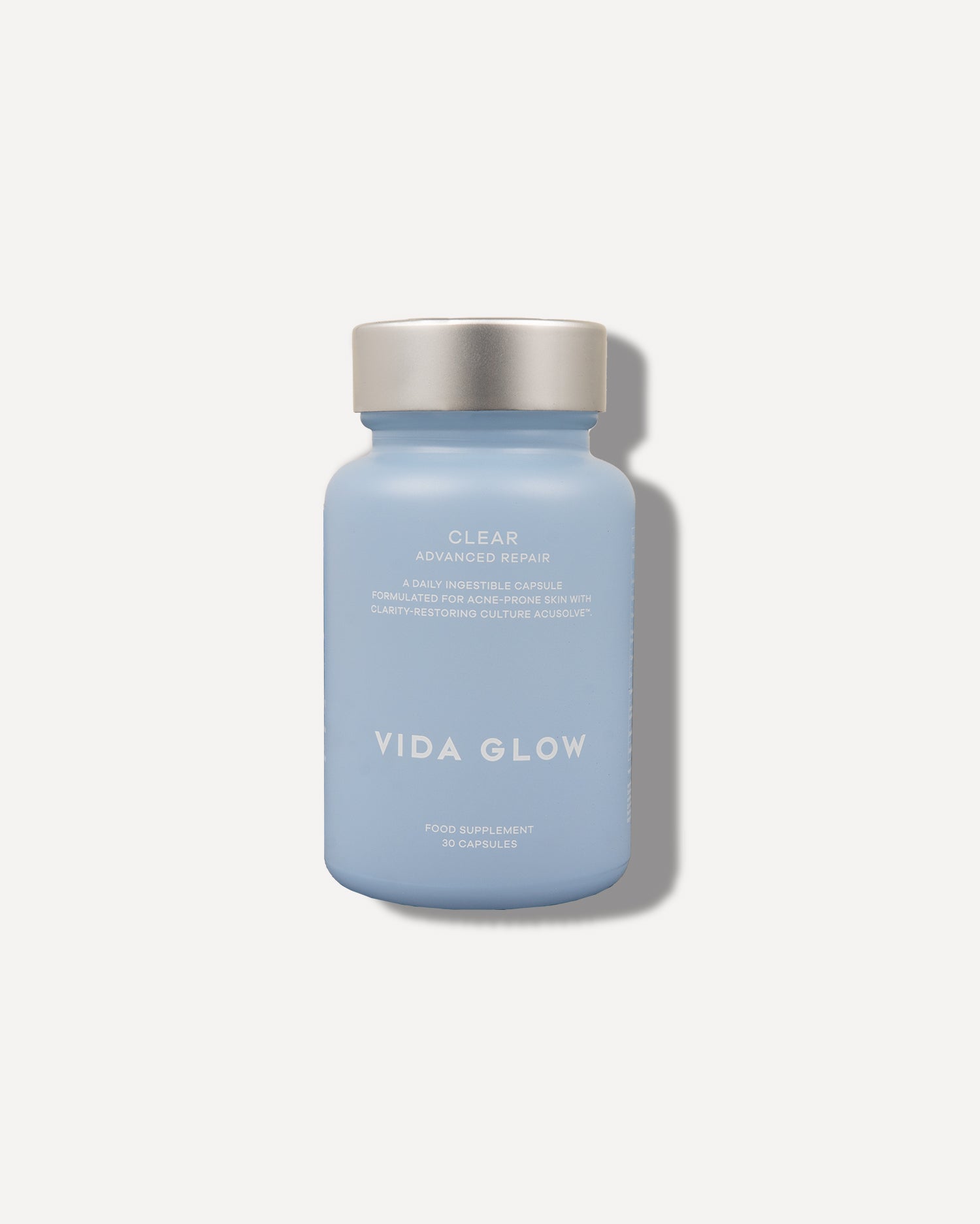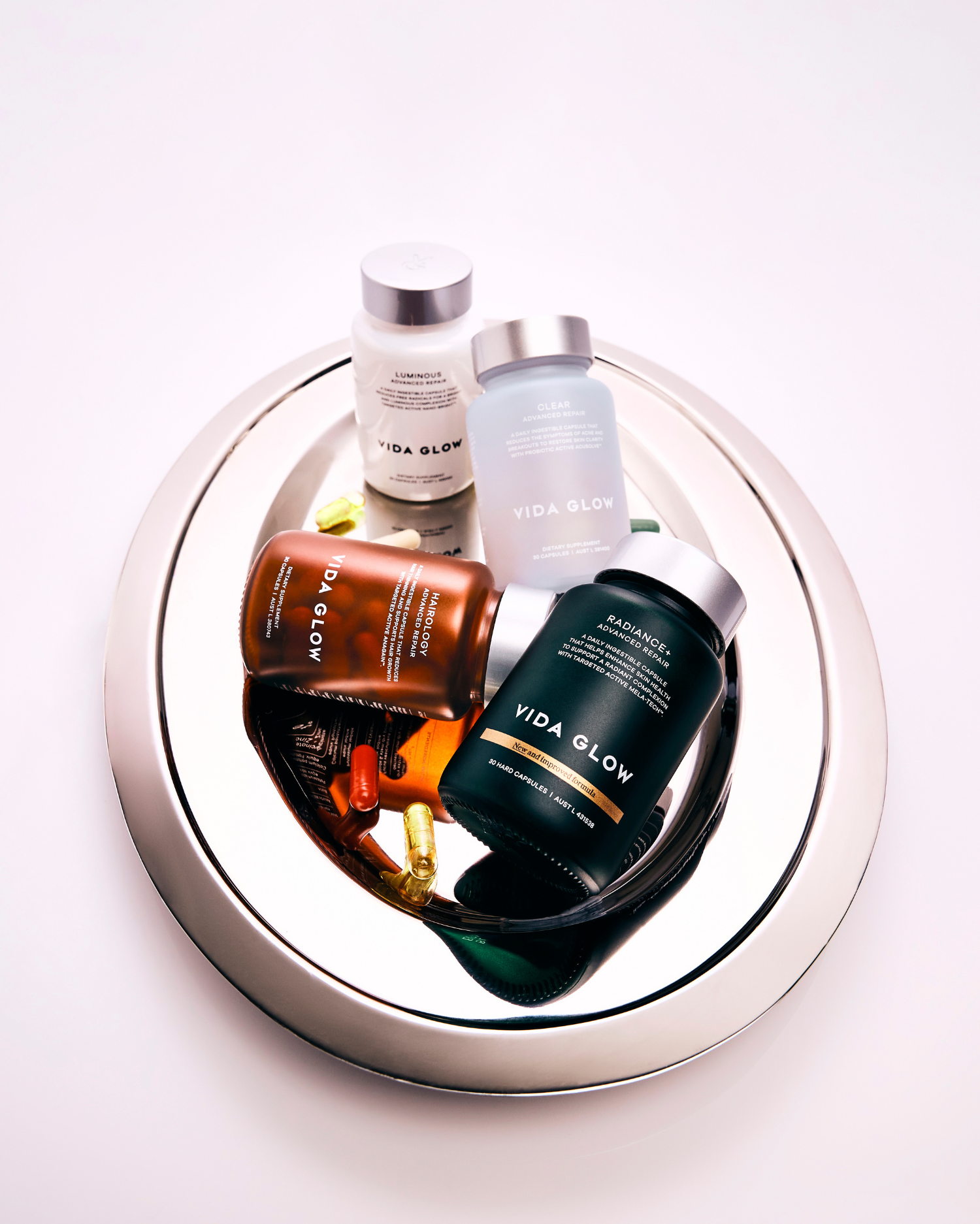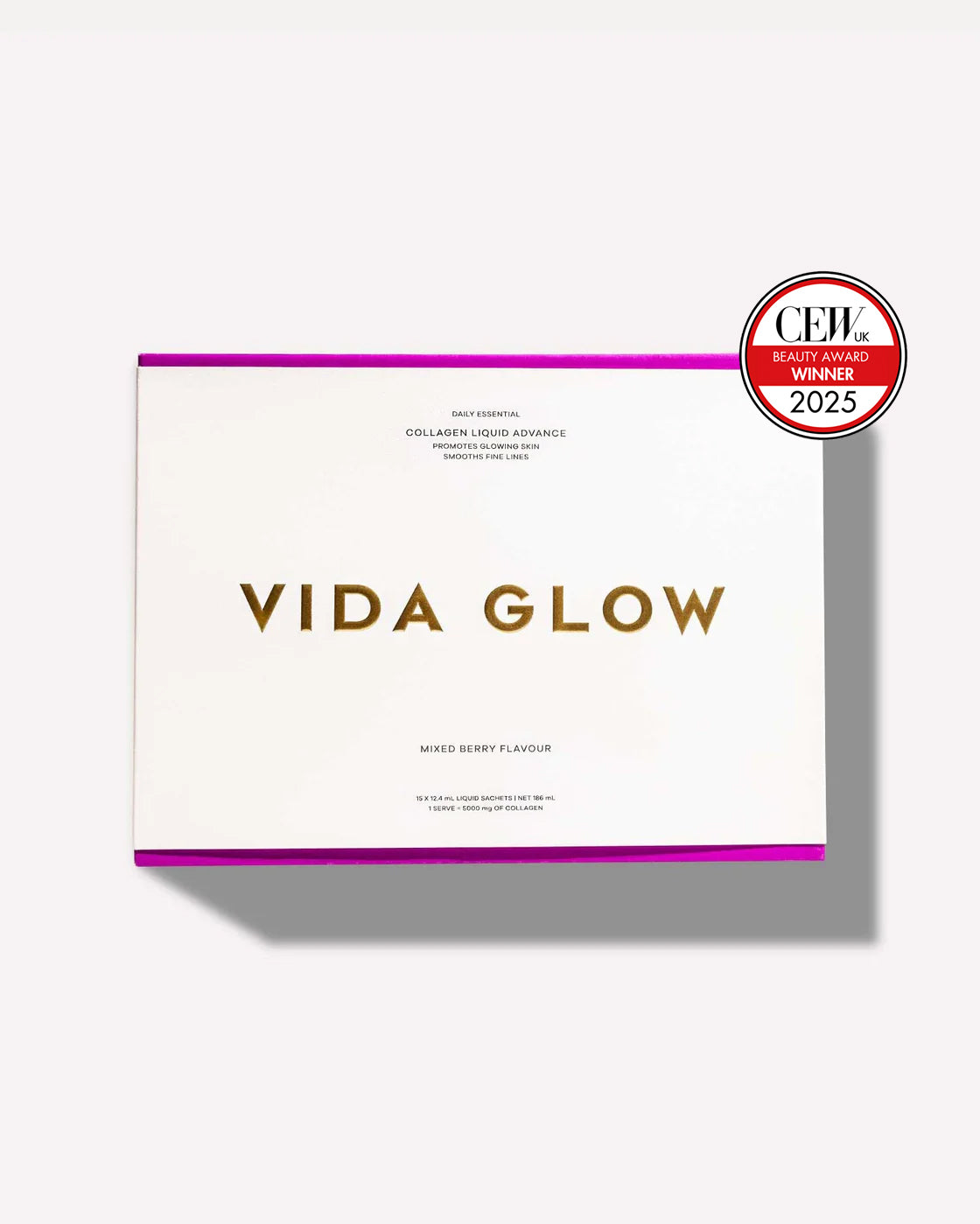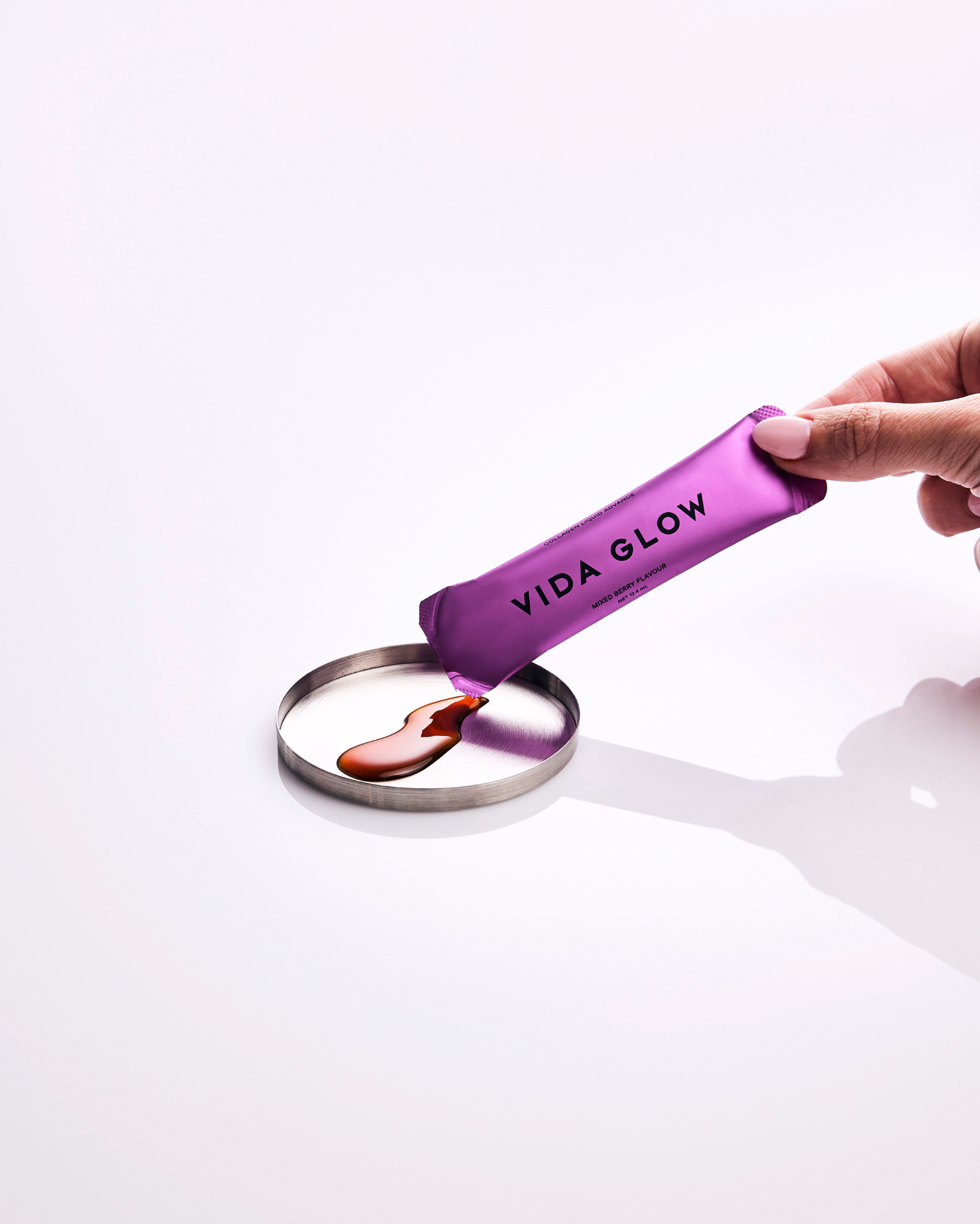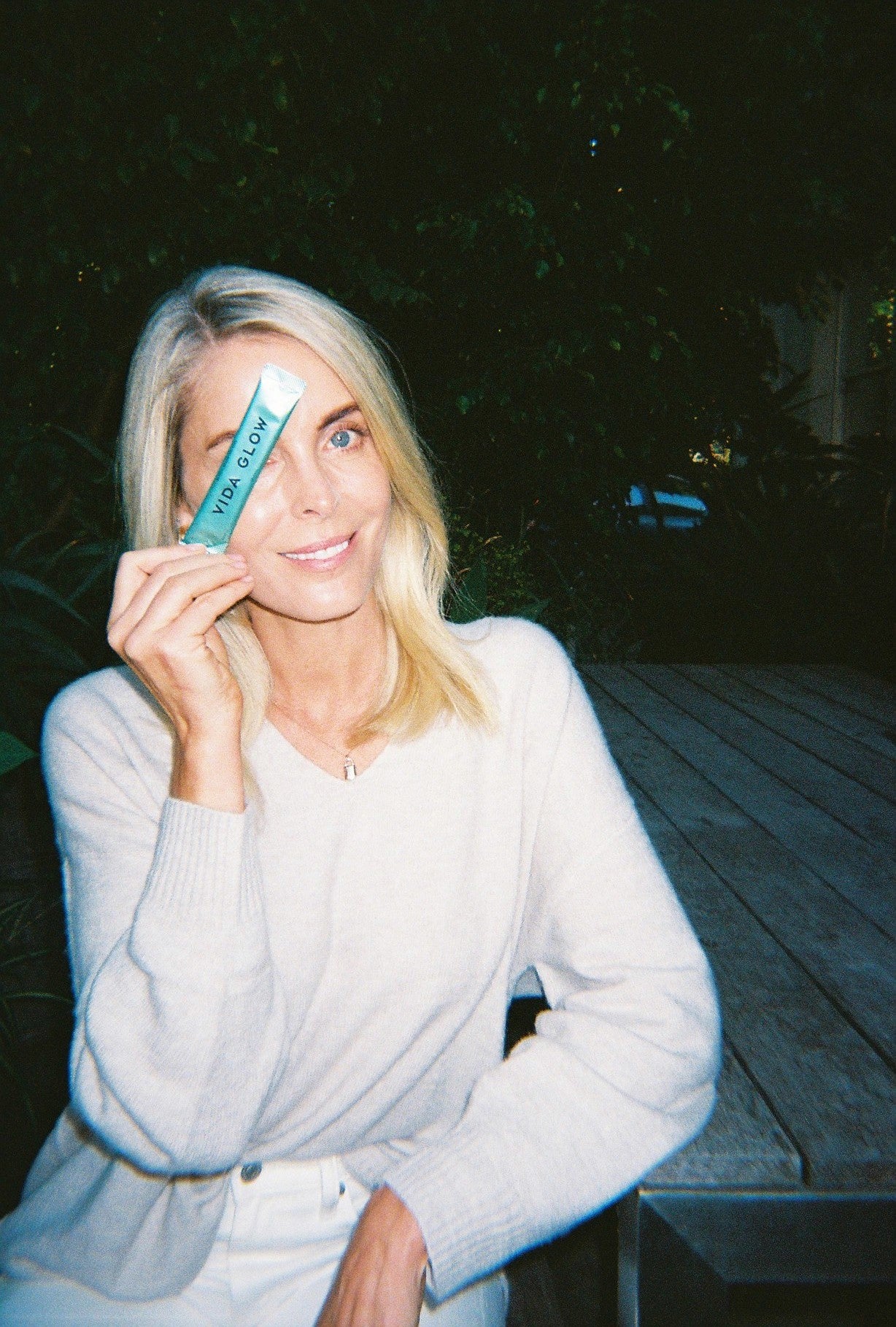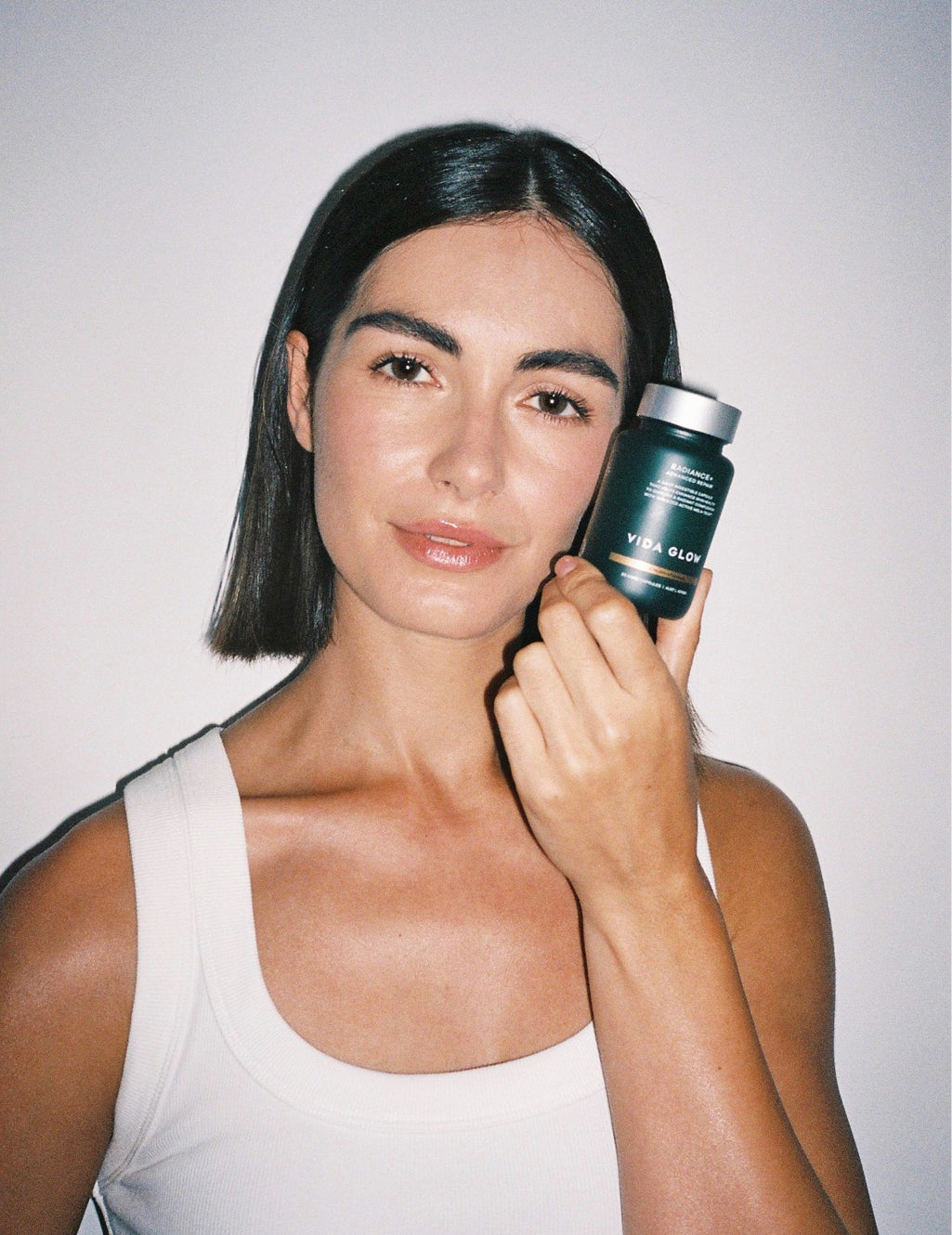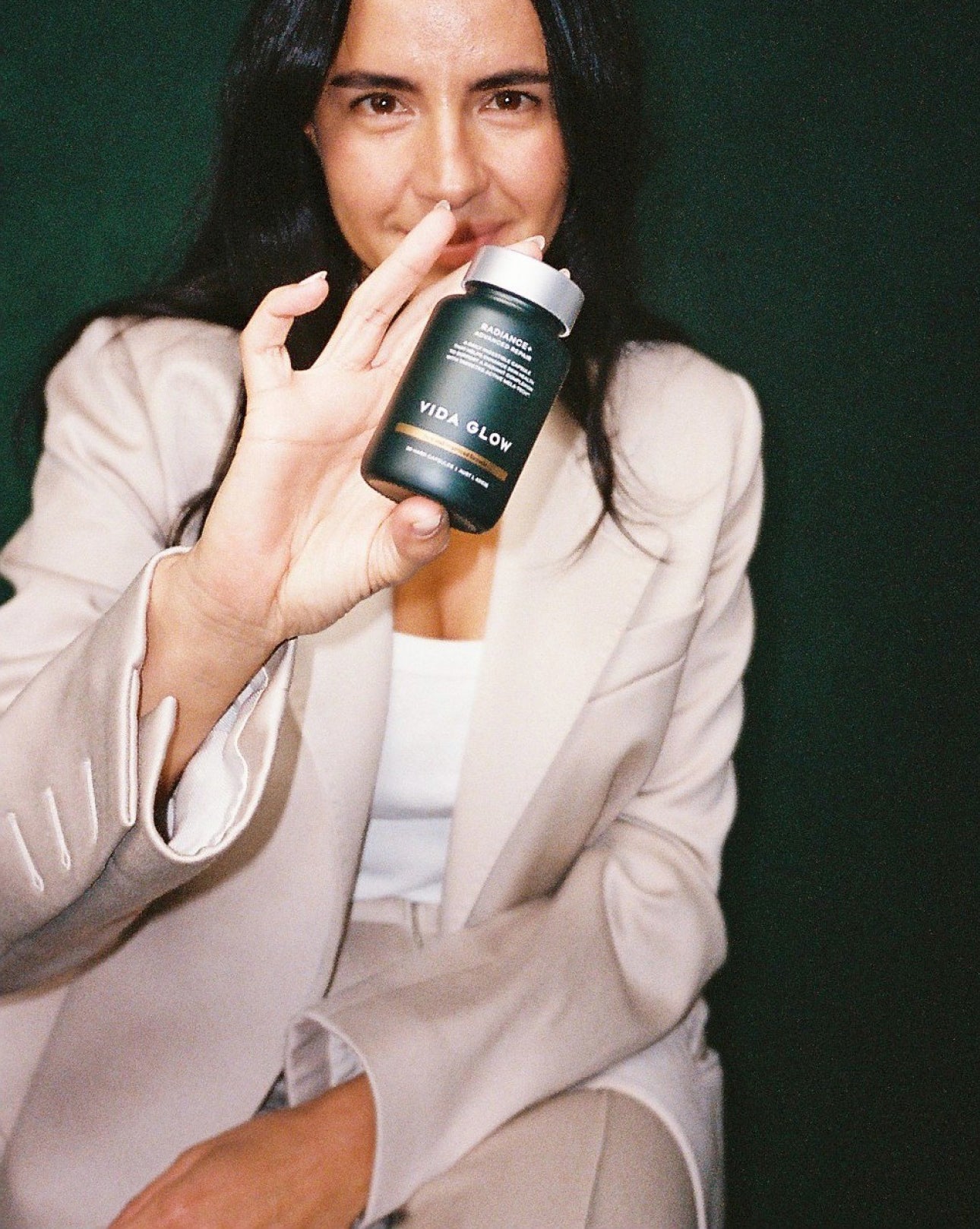Managing acne is frustrating at any age and can feel extra tough as your skin matures, cell turnover slows down, hormones fluctuate and lipid production changes.
Tracey Beeby, Global Education Ambassador for Ultraceuticals, has more than 35 years of technical education experience and is their go-to expert on all things skin and achieving powerful results through high-performance routines.
We asked her everything you need to know about skin ageing, changes in the microbiome as we age and how to effectively manage symptoms of acne and breakouts.
What are the most common causes of premature skin ageing?
The most common causes are extrinsic factors, in other words ageing from the environment and UV. Our skin is a major target of oxidative stress. Several environmental aggressors and lifestyle factors increase oxidative stress such as:
- UV Radiation from the sun
- Cigarette smoking
- Environmental pollution
- Sleep deprivation
- Poor diet
- Excess dietary sugar
- Stress
How does skin barrier function evolve as the skin ages?
During the ageing process, there are many components within our skin that begin to deplete and structural changes that impact our skin barrier function.
Firstly, our skin barrier consists of components called Natural Moisturising Factors (NMFs), many of which are ingredients you’d recognise from skincare products such as hyaluronic acid, sodium PCA, glycerin and Lipid Bi-Layer ingredients such as ceramides and linoleic acid. These deplete as we age resulting in Trans Epidermal Water Loss (TEWL).
Our sebaceous flow (sebum) also begins to deplete as we mature. Skin becomes dry and as a result the skin barrier can become compromised.
Finally, skin cell turnover slows down from 28 days in our teens and 20s to a turnover rate of 60-70 days in our 60’s. Due to the slower turnover time, dead skin cells can build up, resulting in a thickened epidermis blocking absorption of active ingredients and moisturisers into the skin and therefore compromising efficacy. It also leads to congestion, possible breakouts, dullness, inflammation and a coarse textured skin.
How does skin inflammation contribute to signs of ageing?
Skin that is constantly faced with inflammatory triggers induces oxidative stress. This chronic inflammation can lead to premature skin ageing that we call ‘inflammageing’. Oxidative stress causes structural damage to our skin which eventually results in skin cell death and destruction.
Adult acne has become more prevalent with our changing lifestyles. What are the most common causes of acne and breakouts in maturing skin?
Hormonal changes that occur within varying stages of our lives contribute to acne breakouts. According to a Yale medical review, over 25% of women and 12% of men in their 40s report having acne.
Causes can vary but acne generally begins with an overproduction of dead skin forming within the follicle or pore. Due to hormonal changes, diet or varying medications, the quality of sebum that is produced by our sebaceous glands changes and becomes sticky. This leads to follicular hyperkeratinisation, congestion and if care is not taken, inflammation and infection begins to form, resulting in acne.
Acne-fighting topicals can be quite drying. How can maturing skin types treat acne without worsening skin dryness?
When treating acne in mature skin, look out for ingredients that deeply cleanse, provide antioxidants to the skin to prevent sebum oxidation, have antibacterial benefits, regulate sebaceous flow while gently exfoliating and help to maintain a healthy microbiome in the skin.
It’s also important to hydrate the skin. If there is excessive oil flow, use an oil free option. Alternatively use one that provides a light balance of ceramides, and hydrating ingredients to ensure the skin barrier and microbiome remains healthy.
From an internal perspective, Vida Glow’s Clear is a once-daily ingestible capsule that targets symptoms of acne and breakouts at the source. Combining advanced probiotic active, AcuSolve™ and an efficacious dose of omega-rich oils, vitamins and minerals, Clear takes effect below the surface to control sebum production, neutralise acne-causing bacteria in the skin and gut, and reduce redness.
Are mature skin types more prone to post-acne hyperpigmentation and scarring? How can this be prevented while treating acne, and corrected post treatment?
Particularly from our 40’s, a substantially slower skin cell turnover slows healing time leading to discolouration or scarring post-acne. Generally, it’s darker skin tones that are more susceptible to post inflammatory hyperpigmentation. However, depending on the individual, scarring as in pitting, can become more common if the skin has lost volume and dermal support, which we generally see in a more mature skin.
Stubborn signs of pigmentation, dark spots, skin redness and discoloration can be managed with Radiance+. Radiance+ is a higher-performing capsule from Vida Glow’s Advanced Repair range that has been reformulated for more potent results.
Powered by proprietary active Mela-tech™ French maritime pine bark, artichoke extract and alpha lipoic acid, Radiance+ address the overproduction of melanin. It is clinically proven to reduce dark spot intensity by 77% (1) and reduce the size of melasma by 38% in weeks (2).
(1). Pouchieu, C.; Pourtau, L.; Gaudout, D.; Gille, I.; Chalothorn, K.; Perin, F. Effect of an Oral Formulation on Skin Lightening: Results from In Vitro Tyrosinase Inhibition to a Double-Blind Randomized Placebo-Controlled Clinical Study in Healthy Asian Participants. Cosmetics 2023, 10, 143.
(2). Ni, Z., Mu, Y., & Gulati, O. (2002). Treatment of melasma with Pycnogenol. Phytotherapy research: PTR, 16(6), 567–571.


